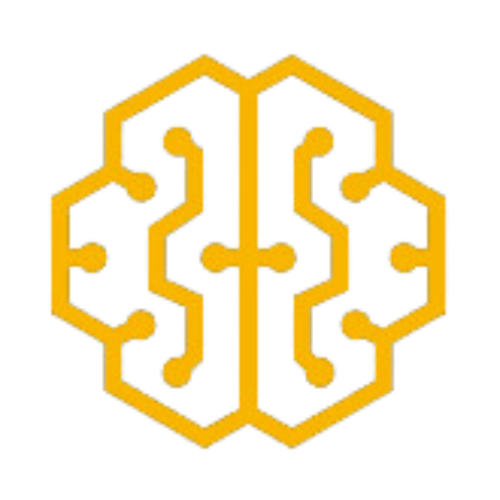The Story // AI Droid // Innovation // Power // Gallery // Financial // Our Team
Technical Innovation:
Our humanoid robot leverages groundbreaking technology, including:
Advanced Hybrid “Muscle” System: Mimicking human muscles, our robots achieve unmatched durability and efficiency compared to traditional electric motors.
Human-Centric Design: A ~1.7m frame, optimized for environments built for humans, ensuring adaptability and functionality.
Advanced AI Integration: Enabling precision movement, data processing, and seamless interaction with tools and the environment.
Modular Design: Each component of the robot is designed for easy replacement, minimal maintenance, and efficient performance even in extreme conditions such as Mars, the Moon, or Antarctica.
Detailed Technical Structure:
Muscular Systems Overview: Hydraulic, Pneumatic, and Soft Robotics
1. Hydraulic Drive System
Purpose: Powers the robot’s “muscles” through hydraulic pressure, delivering immense force and precision for heavy-duty applications.
Components:
- Hydraulic Compressor: Generates the high-pressure fluid needed to activate artificial muscles.
- Supply Lines: Carry pressurized hydraulic fluid to the artificial muscles, enabling controlled movements.
- Valves: Regulate the flow of hydraulic fluid, allowing precise control over muscle contractions.
- Return Lines: Recirculate fluid back to the reservoir after usage, ensuring an efficient closed-loop system.
- Reservoir: Stores hydraulic fluid to maintain a steady supply for continuous operation.
2. Pneumatic Drive System
Purpose: Utilizes compressed air to drive the robot’s muscles, offering flexibility and lightweight solutions for mid-level tasks.
Components:
- Air Compressor: Compresses and supplies air for actuating the pneumatic muscles.
- Air Tubes: Direct compressed air to the muscles, enabling smooth and controlled movements.
- Regulators and Valves: Control air pressure and flow, ensuring precise muscle contractions.
- Exhaust System: Releases used air safely to maintain system balance.
- Air Tank: Stores compressed air for consistent availability during operation.
3. Soft Robotics Drive System
Purpose: Mimics the elasticity and flexibility of biological muscles using advanced materials for delicate and adaptive tasks.
Components:
- Electroactive Polymers (EAP): Materials that contract or expand when stimulated by an electric field, enabling precise and soft movements.
- Ionic Polymer-Metal Composites (IPMC): Flexible materials that generate movement through ion exchange, ideal for delicate manipulations.
- Control Unit: Coordinates the electrical signals sent to soft actuators, ensuring fluid and natural-like movements.
- Flexible Connectors: Distribute electrical or chemical inputs to multiple soft actuators for synchronized operations.
- Sensors: Provide real-time feedback on pressure and deformation, enabling adaptive responses to the environment.
Dimensions and Appearance:
Height: Different, from 160 up to 180 —the average height of an adult human for proportionality, enough space for equipment installation and ease of use.
Frame: The primary structure resembling a human skeleton, made from durable materials like aluminum alloys or composites to balance strength and lightness.
Outer Shell:
Stage 1: Exposed frame for easier testing and maintenance.
Stage 2: Optional synthetic covering for aesthetic and protective purposes, mimicking human skin or leaving a sleek metallic finish.
Other Systems
Control Systems:
Orientation and Stability: Gyroscopes maintain spatial awareness and balance.
Precision Feedback: Sensors measure real-time parameters, including pressure, force, and angle of movement.
Vision and Senses Systems:
Dual stereo cameras for depth perception and object recognition.
Dual stereo microphone system, for sound detection and recognizing.
Touch sensors
Machine learning algorithms to process input data for interaction and navigation.
Power Supply:
Battery Design: High-capacity rechargeable batteries, ensuring extended operational periods.
Energy Optimization: AI-driven power management to prioritize energy-intensive tasks like hydraulic compression.
Centralized Control Unit:
Core Functionality:
Embedded AI for real-time decision-making and adaptive learning.
Motion control algorithms to coordinate precise movements.
Software Framework: Developed in Python and C++ for robust control, data analysis, and integration.
Functional Capabilities:
Replication of complex human movements, such as walking, grasping, and fine motor skills.
Interactive responsiveness to voice commands and external stimuli.
Adaptation through AI learning for task-specific improvements.
Modular structure enabling rapid repairs and upgrades in harsh environments.
